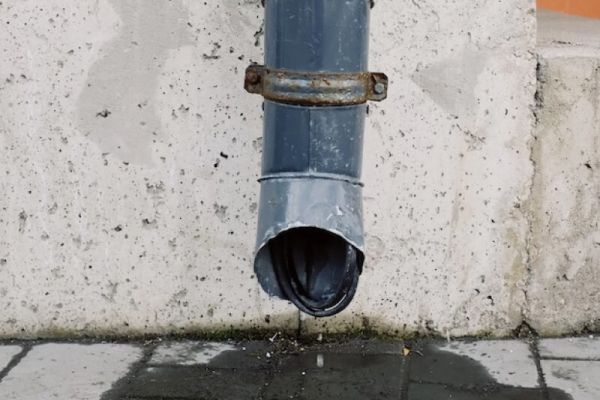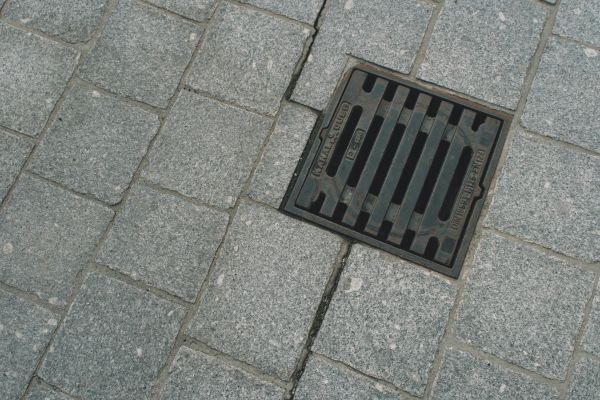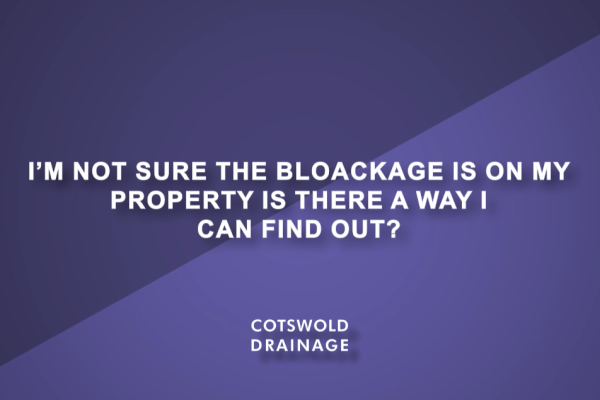In this article
The Advantages of Blue Light Lining over Ambient Cure Lining Methods
In recent years, trenchless pipe repair technologies have gained popularity due to their efficiency, cost-effectiveness, and minimal disruption to the surrounding environment. Among the various trenchless methods, two common techniques used for rehabilitating pipes are blue light lining and ambient cure lining. In this blog, we will explore the benefits of using blue light lining over ambient cure lining methods.
What is Blue Light Lining?
Blue light lining, also known as UV-cured lining or UV trenchless technology, is a drain pipe relining method that uses ultraviolet (UV) light to cure a resin-impregnated liner inside a damaged or deteriorated pipe. The liner is made of a flexible material, typically a polyester or fibreglass fabric, which is saturated with a liquid resin. Once the liner is inserted into the pipe, UV light is applied from the inside, causing the resin to cure and harden, forming a new, structurally sound pipe within the existing pipe.
Advantages of Blue Light Lining:
1. Rapid Curing: One of the main advantages of blue light lining is its fast curing time. The UV light used in the process allows for quick and controlled curing of the resin, typically within minutes. This means that the rehabilitated pipe can be put back into service sooner, reducing downtime and minimizing disruption to the surrounding area.
2. High Quality and Durable Results: Blue light lining produces a high-quality, seamless, and durable pipe lining. The cured resin forms a tight, jointless seal that is resistant to corrosion, cracks, and root intrusion. The liner is also designed to be flexible, allowing it to withstand ground movement and provide long-lasting performance.
3. Versatility: Blue light lining can be used to rehabilitate a wide range of pipe materials, including concrete, clay, PVC, and cast iron. It can also be used for various pipe sizes and shapes, making it a versatile solution for different pipe rehabilitation needs.
4. Minimal Disruption: Blue light lining is a trenchless technology, which means it requires little to no excavation. This minimizes disruption to the surrounding area, such as roads, landscapes, and structures, compared to traditional open-cut methods. It also reduces the need for costly and time-consuming restoration work after the pipe repair is completed.
5. Environmentally Friendly: Blue light lining is an environmentally friendly option for pipe rehabilitation. The resin used in the process is typically non-toxic and does not release harmful fumes or pollutants. The reduced excavation also minimizes disturbance to natural habitats and reduces the carbon footprint associated with restoration work.
6. Cost-Effective: While the upfront cost of blue light lining may be higher compared to some traditional pipe repair methods, the long-term cost-effectiveness can outweigh the initial investment. The rapid curing time, minimal disruption, and durable results can lead to cost savings in terms of reduced downtime, lower restoration costs, and a longer lifespan of the rehabilitated pipe.
Conclusion
Blue light lining offers several advantages over ambient cure lining methods for pipe rehabilitation. Its rapid curing time, high-quality results, versatility, minimal disruption, environmentally friendly nature, and cost-effectiveness make it a compelling choice for many pipe repair projects. Consulting with a qualified trenchless technology professional can help determine if blue light lining is the right solution for your specific pipe rehabilitation needs. Embracing innovative technologies like blue light lining can provide efficient and sustainable solutions for maintaining and rehabilitating our ageing underground infrastructure.
Get in touch
Contact our friendly and professional team via form, phone or email for any drainage issues you may have.
From blocked drains to septic tank repairs and replacements, we're here to help. We have over 25 years of experience and offer 24/7 emergency callouts.
-
01386 882324
-
WhatsApp
-
This email address is being protected from spambots. You need JavaScript enabled to view it. -
See what our customers think


